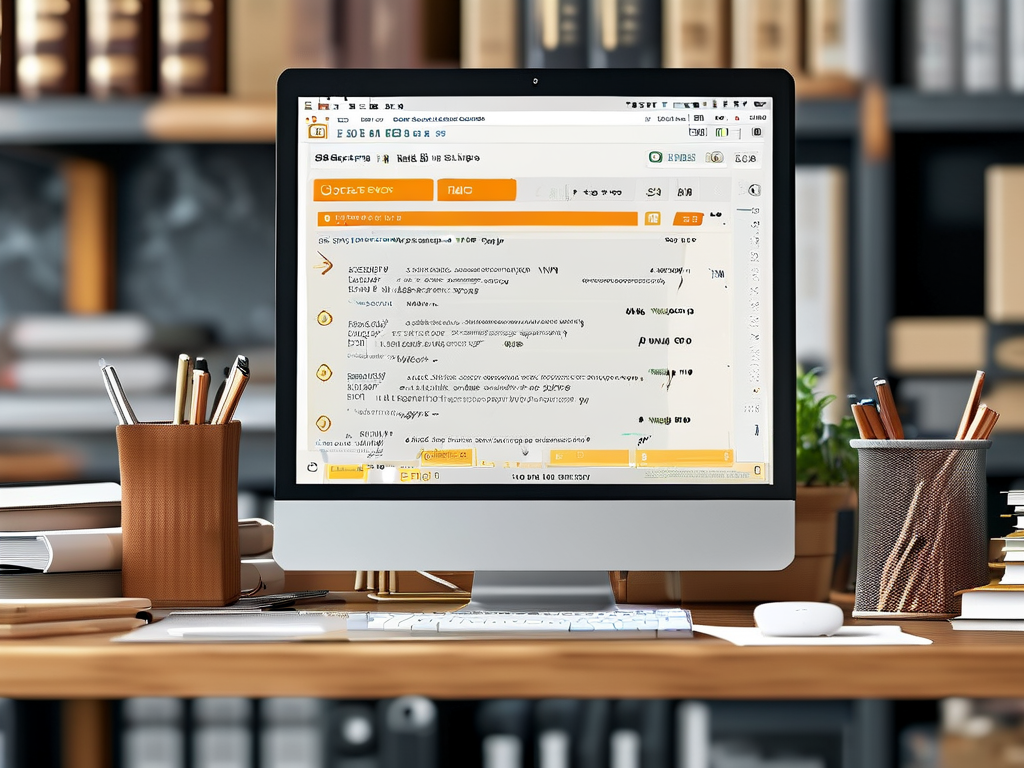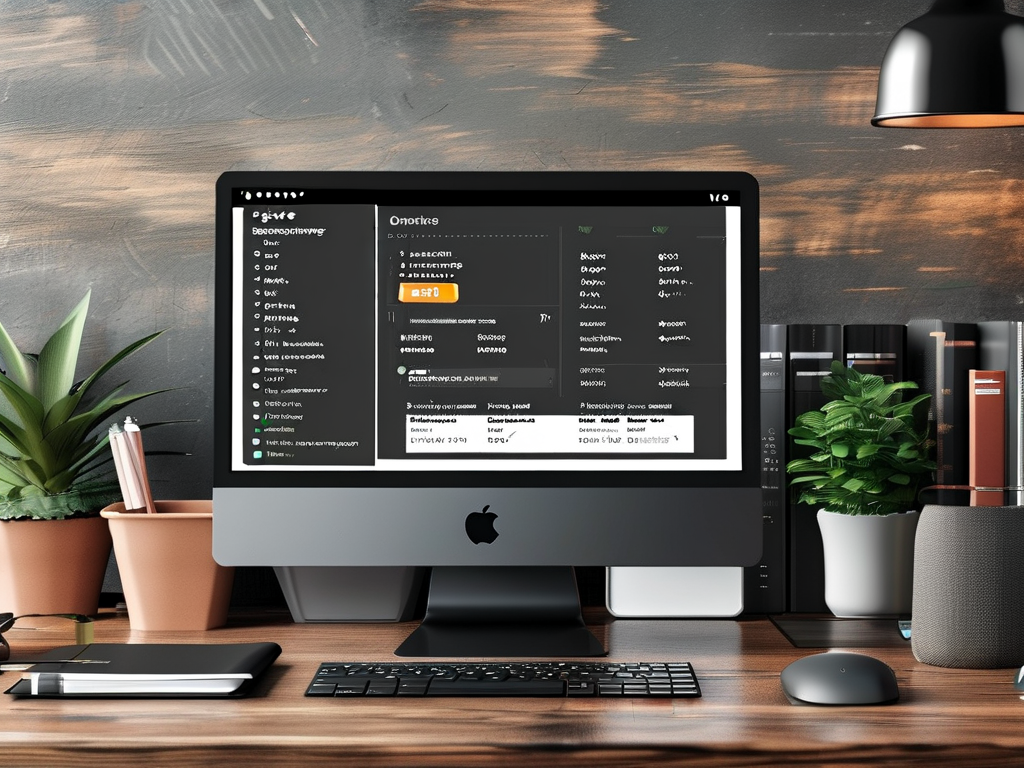Database development remains a cornerstone of modern software engineering, and technical screenings often test candidates’ practical knowledge through targeted questions. This article explores common interview challenges, preparation strategies, and real-world coding examples to help developers sharpen their skills.
Core Concepts in Database Interviews
Interviewers frequently assess foundational knowledge before diving into complex scenarios. Key areas include:
- Normalization Principles: Explaining 1NF, 2NF, and 3NF with concrete examples.
- ACID Properties: Demonstrating understanding of atomicity, consistency, isolation, and durability.
- Index Optimization: Discussing B-tree structures and when to avoid over-indexing.
A typical question might ask:
-- Explain the difference between WHERE and HAVING clauses SELECT DepartmentID, AVG(Salary) FROM Employees WHERE HireDate > '2020-01-01' GROUP BY DepartmentID HAVING AVG(Salary) > 60000;
This snippet highlights WHERE filtering individual records before grouping, while HAVING filters aggregated results.
Advanced Problem-Solving Challenges
Candidates often face scenario-based questions requiring hands-on SQL writing. For example:
Problem: “Design a stored procedure to handle concurrent seat reservations without overbooking.”

CREATE PROCEDURE ReserveSeat
@SeatID INT,
@UserID INT
AS
BEGIN
BEGIN TRANSACTION;
SET TRANSACTION ISOLATION LEVEL SERIALIZABLE;
IF EXISTS (
SELECT 1
FROM Seats
WHERE SeatID = @SeatID AND IsReserved = 0
)
BEGIN
UPDATE Seats
SET IsReserved = 1, ReservedBy = @UserID
WHERE SeatID = @SeatID;
COMMIT TRANSACTION;
END
ELSE
BEGIN
ROLLBACK TRANSACTION;
RAISERROR('Seat already reserved', 16, 1);
END
END;
This implementation uses serializable isolation to prevent phantom reads and ensure transactional integrity.
Performance Tuning Scenarios
Database optimization questions reveal practical experience. A frequent task involves analyzing slow queries:
EXPLAIN PLAN FOR SELECT Orders.OrderID, Customers.Name FROM Orders JOIN Customers ON Orders.CustomerID = Customers.CustomerID WHERE Orders.TotalAmount > 1000 AND Customers.Country = 'Canada';
Candidates might propose adding composite indexes on Orders.TotalAmount and Customers.Country, or denormalizing frequently joined tables.
Behavioral and Architecture Questions
Beyond coding, interviews explore system design thinking:
- “How would you migrate a monolithic database to microservices?”
- “Design a backup strategy for a 24/7 financial transaction database.”
These require discussing replication methods (e.g., log shipping vs. Always On Availability Groups) and disaster recovery SLAs.
Preparation Strategies
- Practice With Real Datasets: Use platforms like LeetCode or HackerRank with actual query optimization challenges.
- Mock Interviews: Simulate time-constrained whiteboard sessions for query design.
- Review Version-Specific Features: Differences between MySQL 8.0’s window functions and PostgreSQL’s JSONB support often appear in interviews.
A study by Stack Overflow (2023) revealed that 68% of failed database interviews stemmed from inadequate hands-on practice with transaction isolation levels rather than theoretical knowledge gaps.
Emerging Trends
Modern screenings increasingly include cloud database scenarios:
- AWS Aurora auto-scaling configurations
- Cosmos DB’s multi-model API comparisons
- Snowflake warehouse sizing estimations
Candidates should prepare to discuss tradeoffs between managed services versus on-premise solutions.
Mastering database development interviews requires balancing theoretical knowledge with practical coding agility. By focusing on real-world problem patterns, maintaining currency with cloud technologies, and practicing under exam conditions, developers can transform technical screenings into career advancement opportunities.



